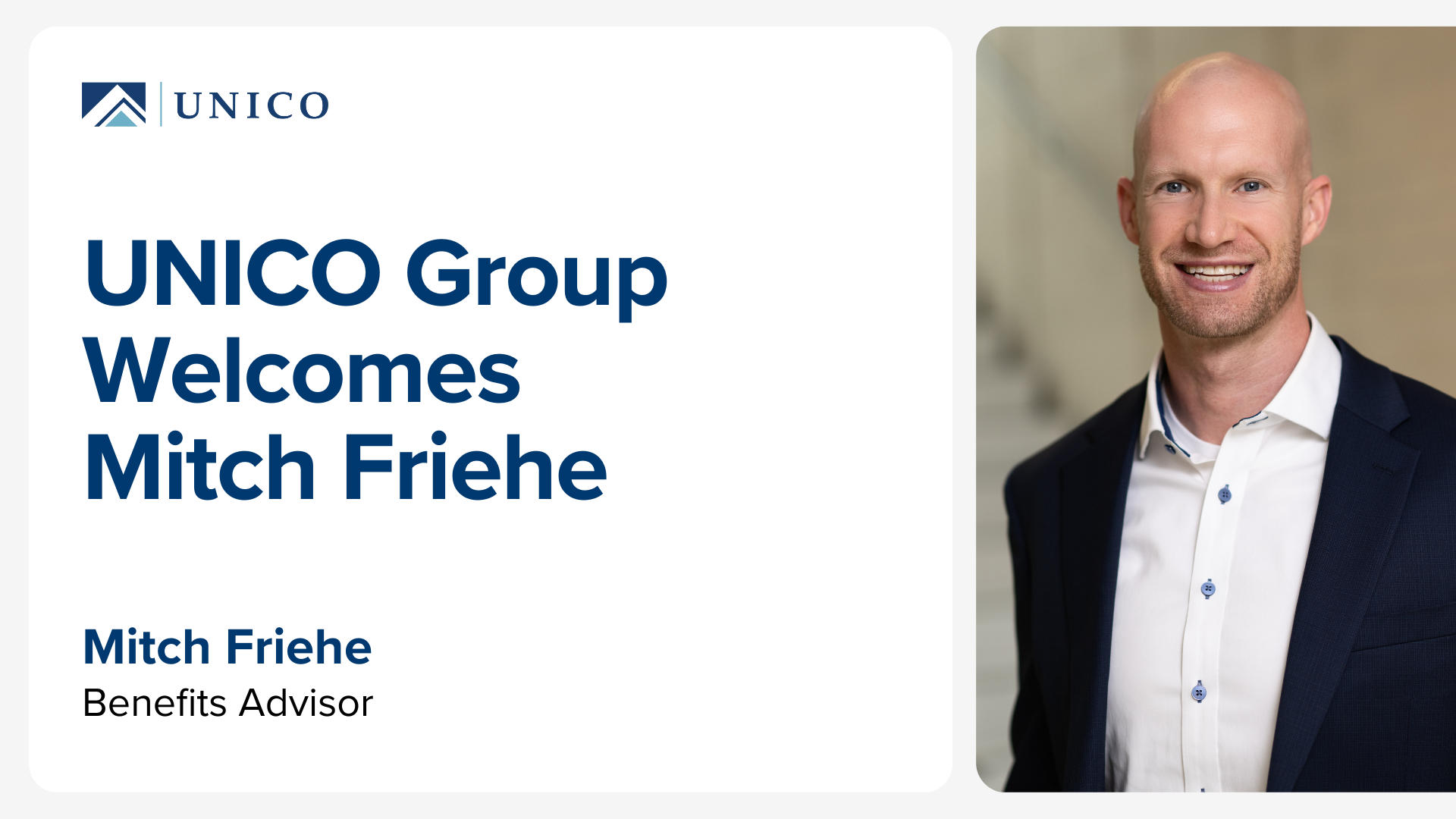A discussion of health care reform by UNICO MIDLANDS
We have seen countless articles on the subject of what employers will face in the way of penalties if they don’t follow the new federal mandates for health care reform. The following are some of the most recent issues being discussed. Submitted by Mick Sibbel
Large Employer Status
Only companies that meet the large employer threshold are subject to ACA’s pay or play rules. To qualify as a large employer, a company must have at least 50 full-time employees, including full-time equivalents (FTEs).
To determine if a company is a large employer, aggregation rules apply for companies that are related or commonly owned. Specifically, all employees of a controlled group of businesses under Internal Revenue Code (Code) sections 414(b) or (c) or an affiliated service group under Code section 414(m) are taken into account to determine if an employer is subject to the pay or play rules.
If the combined total meets the large employer threshold, each separate member of the group is subject to the pay or play rules, even those companies that on their own do not have enough employees to meet the threshold. To avoid ACA’s penalties, companies that are subject to the pay or play rules must provide health coverage to full-time employees and their dependent children that is affordable and provides minimum value.
Eligibility for the Safe Harbor
On Aug. 31, 2012, the IRS issued Notice 2012-58 to describe safe harbor methods and rules that employers may use to determine which employees are treated as full-time employees for purposes of ACA’s shared responsibility provisions. IRS Notice 2012-58 also addresses a safe harbor based on Form W-2 wages (Box 1*) for employers to use in determining whether their health coverage is affordable.
Employers may rely on the safe harbor methods and rules outlined in IRS Notice 2012-58 at least through the end of 2014. This reliance covers a measurement period that begins in 2013 or 2014 and the associated stability period, which may extend into 2014, 2015 or 2016. According to the IRS, employers will not be required to comply with any future guidance that is more restrictive on these issues until at least Jan. 1, 2015.
To be eligible for the safe harbor, an employer must meet certain requirements:
- The employer must offer its full-time employees (and their dependents) the opportunity to enroll in minimum essential coverage under an employer-sponsored plan; and
- The employee portion of the self-only premium for the employer’s lowest cost coverage that provides minimum value (the employee contribution) must not exceed 9.5 percent of the employee’s W-2 wages.
If the employer satisfies both of these requirements for a particular employee, along with any other conditions for the safe harbor, the employer would not be subject to a penalty for providing unaffordable coverage with respect to that employee. This is the case even if the employee receives a premium tax credit or cost sharing reduction to purchase coverage through a health insurance exchange.
*Generally, the amount shown in Box 1 is equal to the amount shown in Box 3 (Medicare wages) minus any 401k contributions (shown in Box 12 code “D”) and any pre-tax insurance premiums shown in Box 14 (usually labelled “Health Insurance” or “Section 125 Cafeteria Plans” or similar phrases).
Measurement periods to determine full time status
For ongoing employees, employers will be able to use the safe harbor measurement and stability periods previously described by the IRS in Notice 2011-36 and Notice 2012-17. Under this approach, an employer determines each ongoing employee’s full-time status by looking back at a measurement period lasting between 3 to 12 consecutive calendar months, as chosen by the employer, to determine whether the employee averaged at least 30 hours of service per week during this period. The employer has the flexibility to determine the months in which the standard measurement period starts and ends, as long as the determination is made on a uniform and consistent basis for all employees in the same category.
If the employee worked at least 30 hours per week during the measurement period, he or she would be considered a full-time employee for a set period of time into the future, known as the “stability period.” The stability period must be at least six calendar months following the measurement period and must be at least as long as the measurement period. The employee would be treated as a full-time employee during the stability period, regardless of the hours worked during that period, as long as he or she remained employed.
If an employer determines that an employee did not work full-time during the measurement period, the employer may treat the employee as not a full-time employee during the stability period that follows (but is not longer than) the measurement period.
Because employers may need time between the measurement and stability periods to determine which ongoing employees are eligible for coverage and to notify and enroll employees, Notice 2012-58 allows employers to use an “administrative period” between the measurement and stability periods. The administrative period following a measurement period can last up to 90 days.
Please note: these guidelines should not be the only source you use to make a decision and should not be considered legal or tax advice as that can only be provided by an attorney, CPA or other professional tax advisor.
If a client wishes to discuss their potential health care insurance coverage and requirements it would be best to secure an appointment with one of the health insurance producers in UNICO Midlands who can provide additional help in the area of health care reform.



